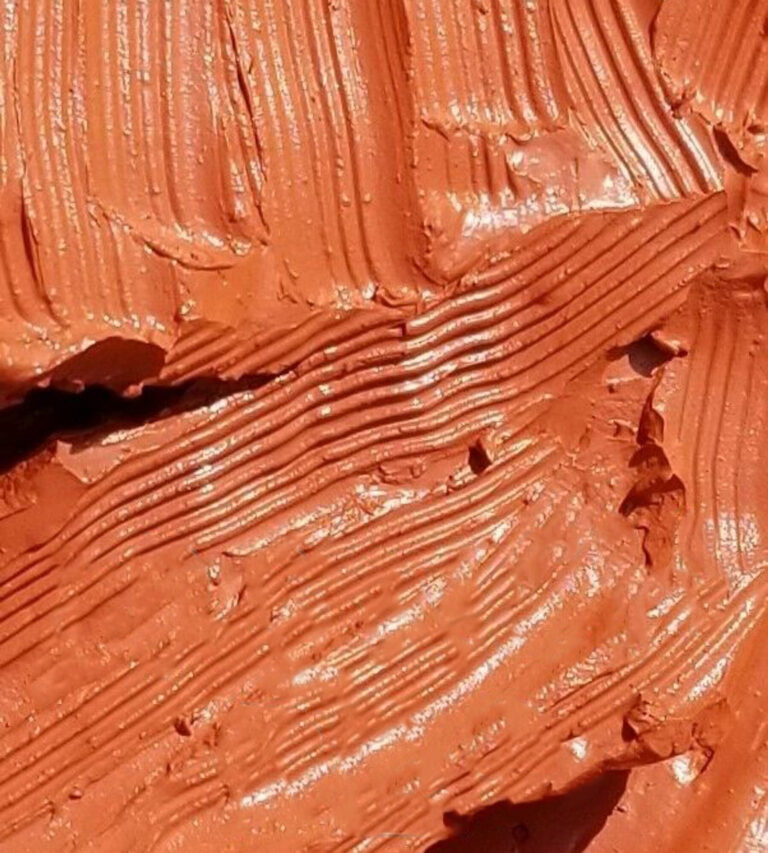Show Your Mystery Clues

The Counterintuitive Show
Detective, crime writer and mystery writing adviser, and Murder.con host Lee Lofland says,
Tiny clues are often the ones that bring a case to a close.
Show Versus Tell
Tell: The temperature fell.
Show: Her nose stung, and she squinted against the sunlight on the snow.
Tell: He smelled garlic.
Show: He hugged her tight and said, “Oh, the garlic special pizza.”
Tell: It was high summer.
Show: The sand burned under her feet as she made her way to the ocean.
Telling is not always a bad technique. Use it for covering a time lapse between scenes or covering a sequence of mundane events. You don’t need to show everything. If your sleuth needs to travel to another town to follow up a suspect, you don’t need to show her packing, getting to the airport, going through security, getting on the plane, finding a taxi, etc. You’ll bore your reader. Sum it up with, Kelly booked the first flight to Memphis to talk to Watson.
The Door to Reader Attention
Instead of telling your clue, hide it while you are showing what your character is doing.
Using the same examples plus the clue see how the clue gets lost in the showing.
Tell: The temperature fell.
Clue tell: The suspect’s footprints led to the woods.
Show: Her nose stung, and she squinted against the sunlight reflected on the snow beyond a trail of footprints.
Tell: He smelled garlic.
Clue tell: A notebook on the counter lay open with the victim’s name.
Show: He hugged her tight and said, “Oh, the garlic special pizza,” as he saw over her shoulder [victim’s name] in an open notebook on the counter.
Tell: It was high summer.
Clue tell: The killer lost his beanie in the struggle.
Show: The sand burned under her feet as she made her way to the ocean. She stepped on an old beanie to cool her soles for a moment.
These examples are simplistic, but highlight how you can combine action and clues to show your reader the story point.
Readers Are In For The Ride, Give Them Action
Hiding your clue in the midst of showing helps downplay the clue until the moment your sleuth reveals the killer.
Zara Altair
Join the Killer Writer list for more about writing your mystery from start to finish.
Photo by Vincent Brancifortion Unsplash





